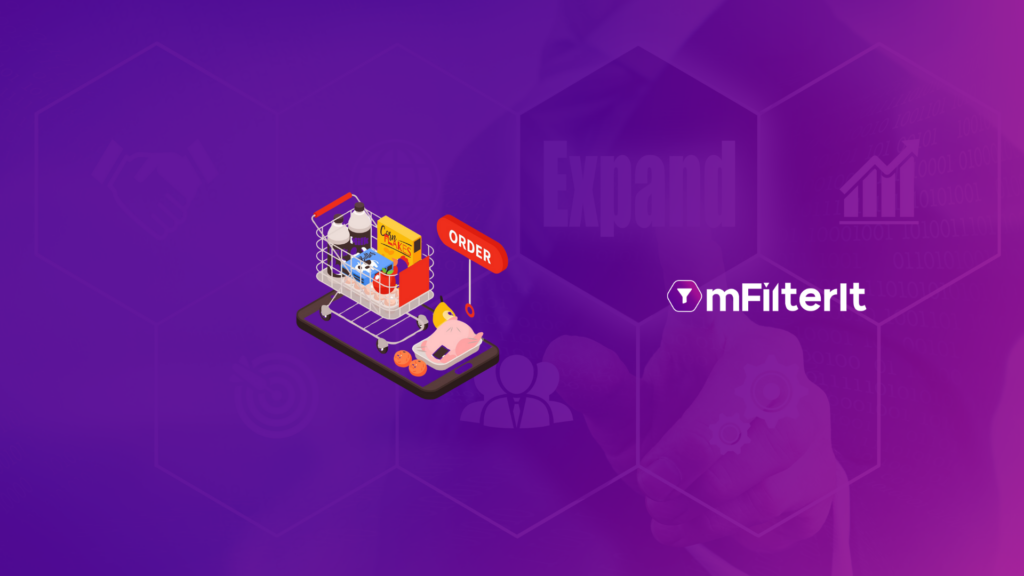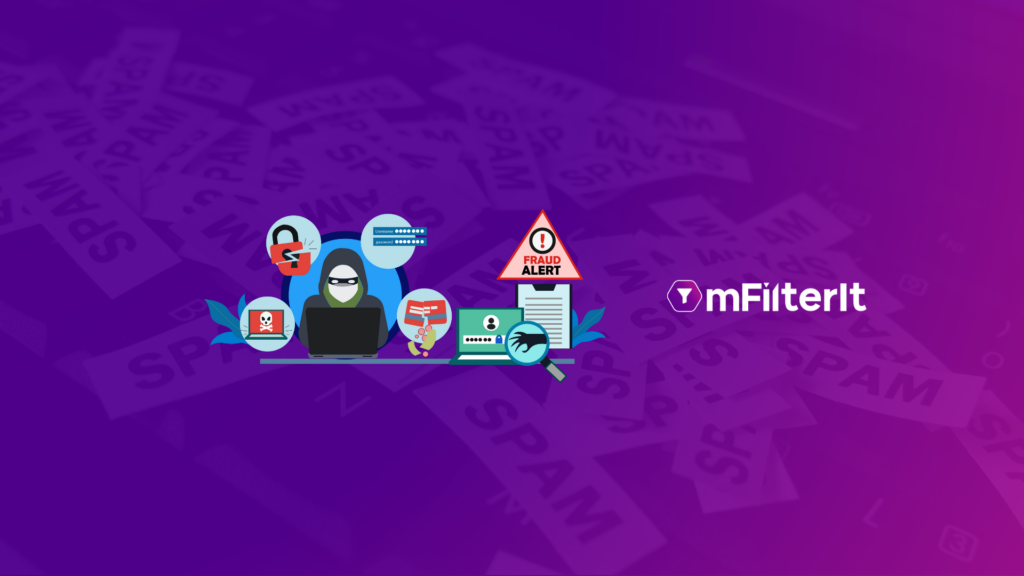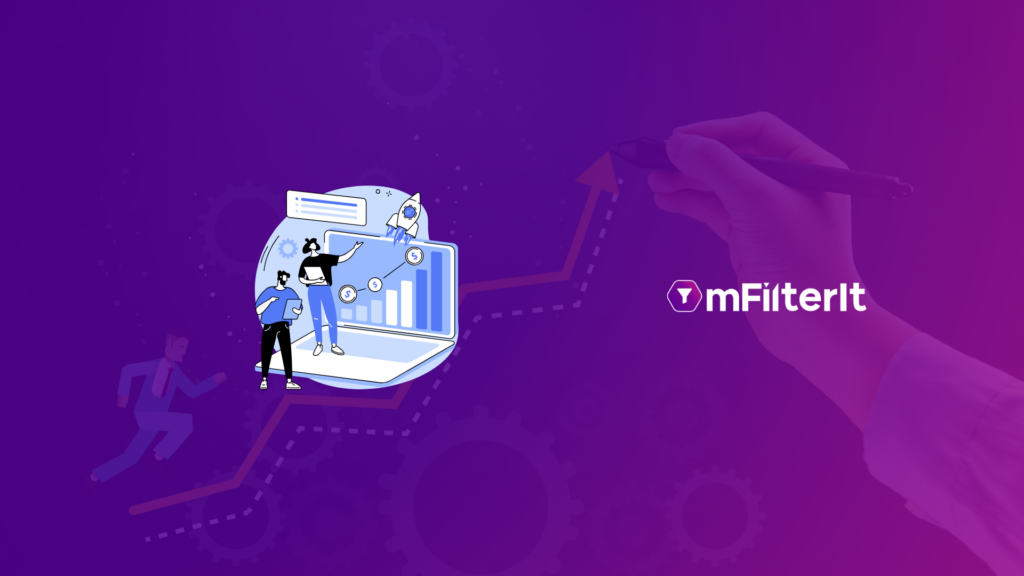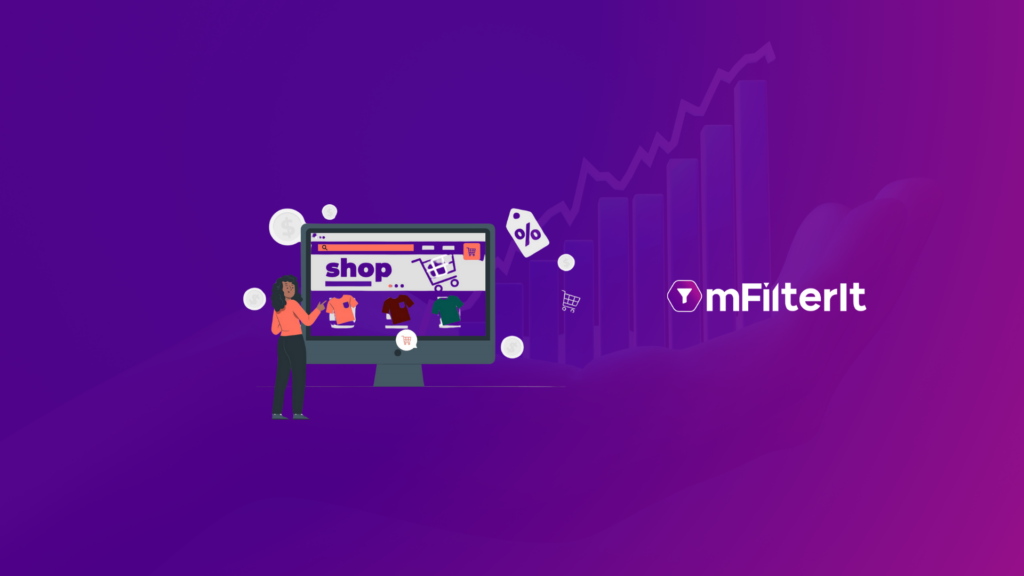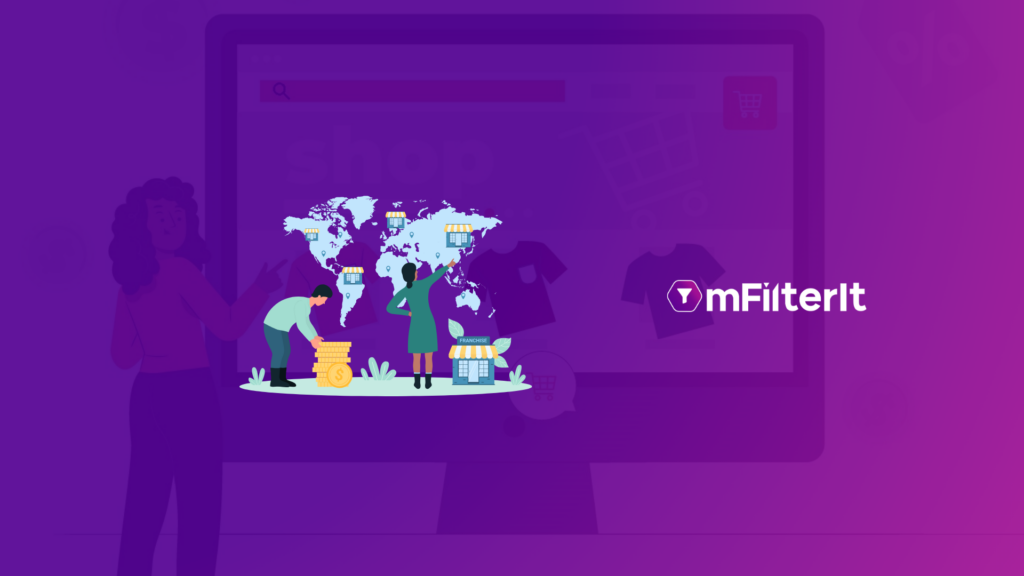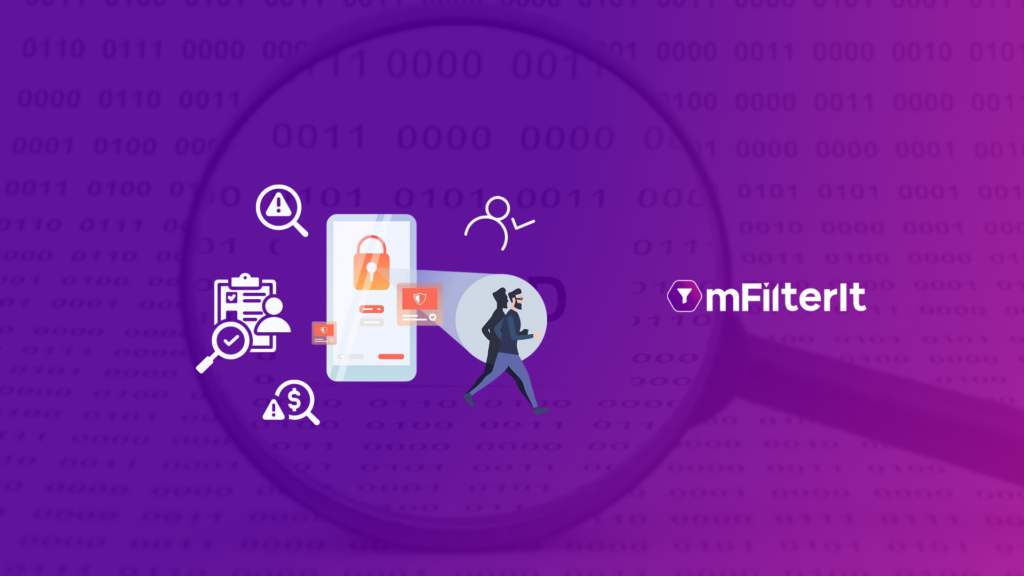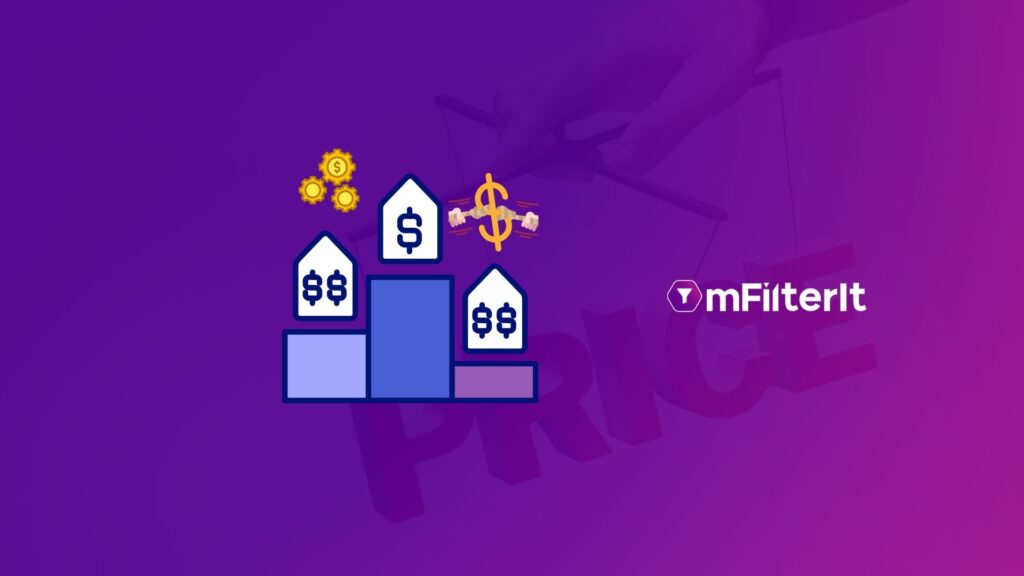Organic Food Products: Expanding eCommerce Market for Value-First Shoppers
The Indian organic food market is expected to reach a staggering $4,602 million by 2028 with growth at a remarkable CAGR of 23.8% during 2023-2028. The need for healthier life choices was realized with an awkward awakening during the global pandemic. The post-pandemic world has woken up to a new way of life ‘The new normal’ where health took the front seat. The changing lifestyle with value-driven spending on products becomes essential in the global Commerce ecosystem in the FMCG market segment. What started almost a decade ago moved with rapid pace across eCommerce platforms at a rapid pace. The plethora of organic brands has flooded the e-commerce landscape led by the digitally native brands (DNB) competing with organic variants of big brands. The fiercely competitive space is heating up. It is basically all about shoppers getting more inclined towards value-first product choices. The Health-Conscious Organic Food eCom Landscape The broader section of tier-1 demographics is now attracted to products that add value to their daily life. The focus is on value-oriented purchases rather than cost. This shift in consumer behavior has widened the organic food section in the digital commerce ecosystem. It’s an exciting transformation phase in the Indian organic food eCommerce market driven by consumer demand for more sustainable and healthier alternatives. eCom Marketplaces has been redefining this market segment, catering to the growing needs of health-conscious consumers and providing a platform for organic brands to flourish. The favorable norms and ample support from the government help Digitally Native Brands grow in the segment. Even FMCG giants like ITC are also moving towards providing organic variants. India’s organic sector is poised for a remarkable future, benefiting consumers and farmers as well. Organic Food & Beverage Industry The e-commerce revolution has provided organic brands and producers with a powerful platform to reach a wider audience and tap into the growing consumer demand. Online stores specializing in organic products have emerged as convenient one-stop destinations for consumers seeking healthy, chemical-free alternatives. These platforms offer an extensive range of organic food, beverages, and household products. The diverse array of organic choices on the brand’s website and eCommerce platforms have made it easy for shoppers to pick these products over non-organic alternatives. According to a report by the IMARC Group, the Indian organic food market reached a value of $1,278 million in 2022. Even more impressive is the projected growth, with estimates suggesting that the market will reach a staggering $4,602 million by 2028, reflecting a remarkable compound annual growth rate (CAGR) of 23.8% during 2023-2028. This data underscores the immense potential and promising future of the organic sector in India. The IMARC Group’s report states that the organic food market in India was worth $1,278 million in 2022. The report predicts that the market will grow even more and reach an astonishing $4,602 million by 2028. The staggering growth rate of 23.8% from 2023 to 2028 highlights the potential of the organic industry in India. Rise of Value-First Shoppers One of the perks of organic food balance of quality and pricing. The target is the value-first shoppers. Expanding businesses are generating the need to prefer organic alternatives opening new avenues and exploring demographics in tier-2 and tier-3 cities. Invention & innovation are the driving forces behind the rise of organically produced and processed food dominated and promoted by the value-first customers, this segment. The segment is deepening its impact on the eCommerce landscape. The Advantages Indian e-commerce platforms have witnessed significant growth in the organic food category in recent years. The increasing health consciousness among consumers and the demand for chemical-free and environmentally sustainable products have contributed to the popularity of organic food in India. Several major e-commerce platforms in India, such as Amazon, Flipkart, BigBasket, and Grofers, offer a diverse range of organic food products. These platforms act as a marketplace where sellers and brands can showcase and sell their organic food items to consumers across the country. For brands, it’s critical to push for sales across the omnichannel digital commerce landscape. This includes organic cereals and grains, pulses and legumes, dairy products, spices, oils, snacks, beverages, and even organic baby food. To ensure the authenticity and quality of organic products, there are certification standards in place like the National Program for Organic Production (NPOP) and the Participatory Guarantee System for India (PGS-India). Brands need to highlight this while listing products on eCommerce platforms. What do the Organic brands need to excel on the eCommerce platform? Understanding of the market segment & competition Indian e-commerce platforms have also provided a platform for regional and local organic food brands to reach a wider customer base. These brands often focus on sourcing organic produce from local farmers and promoting sustainable agricultural practices. But doing good is not enough on the eCommerce platform. Brands need to update on market trends with competitive insight and analysis across eCommerce places and geographies to cope with fierce competition among brands. To stay on top of the eCom game brands need to have a clear understanding of the market segment and identify the target customers and white spaces in the segment. Make customers feel valued Customer reviews and ratings play an important role in guiding purchase decisions. Brands need to understand customer sentiments and utilize the insights to cater to their needs and improve brand performance. The Customers’ feedback and experiences with organic food products can help them make informed choices and make them feel valued. Balance of quality and pricing Pricing is a critical part of the organic food segment on the eCommerce platform as they not only compete with other organic brands and product variants but also with the non-organic products in that food & beverage category or sub-category. This makes tracking pricing trends for own brand and competition very important for organic food brands. Brands need to highlight the value of their organic product in their product detail page (PDP) to help make customer purchase decisions based on the value it adds to their daily life.
Organic Food Products: Expanding eCommerce Market for Value-First Shoppers Read More »

